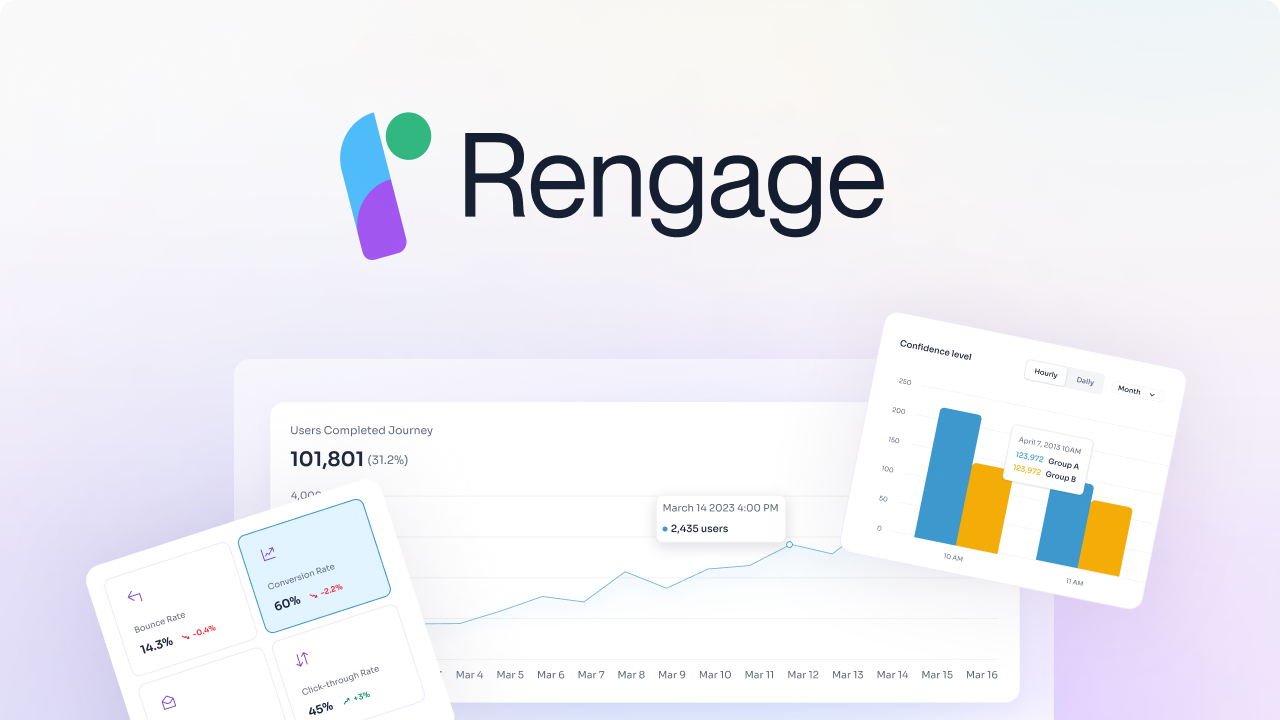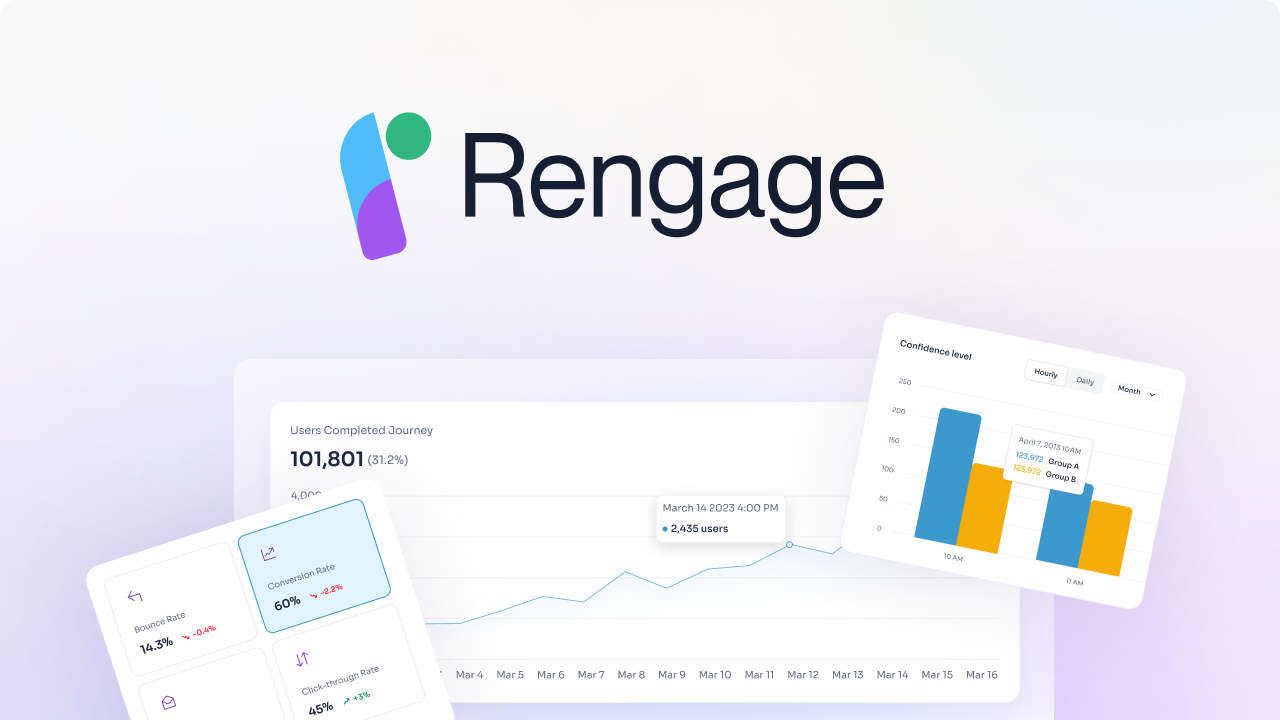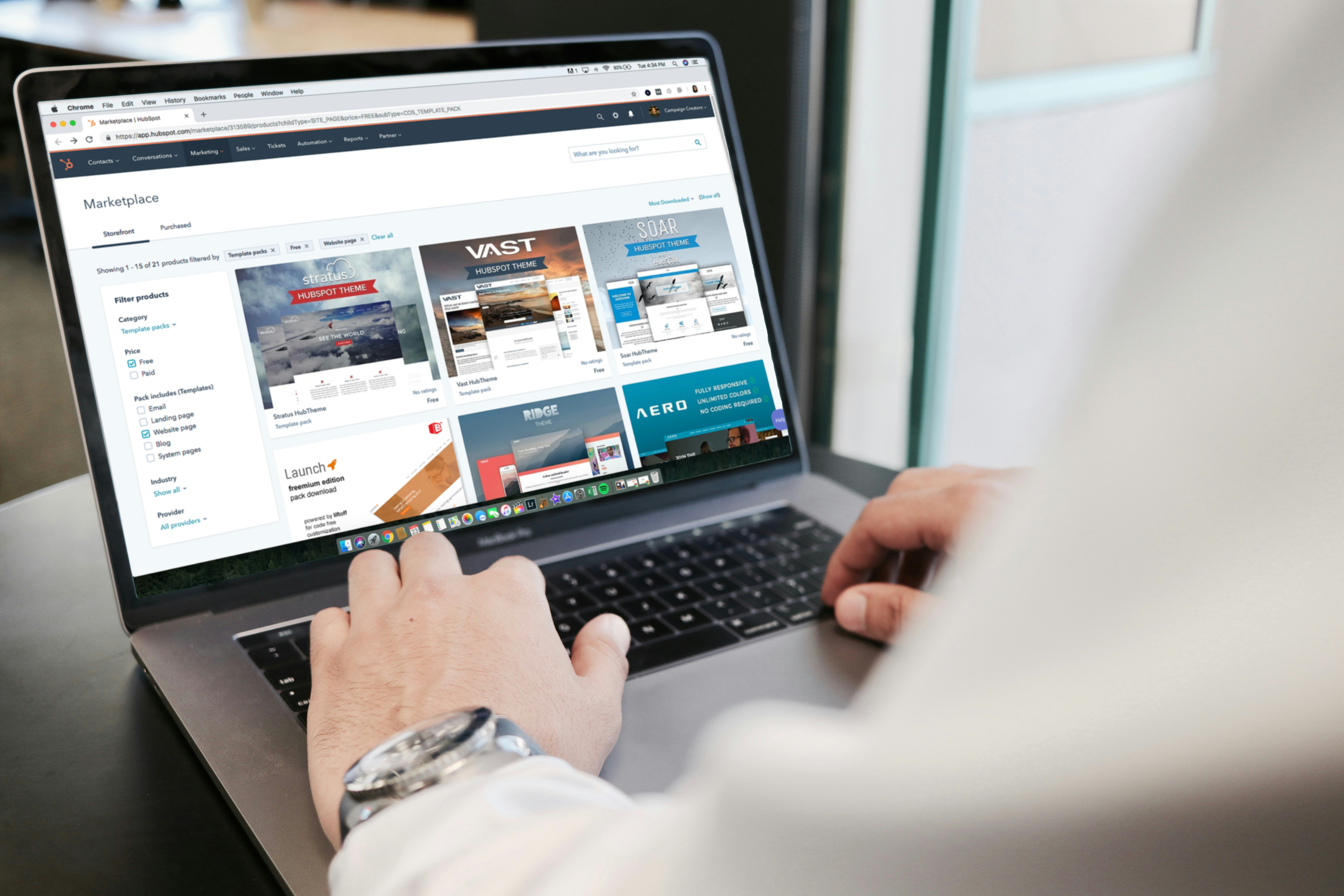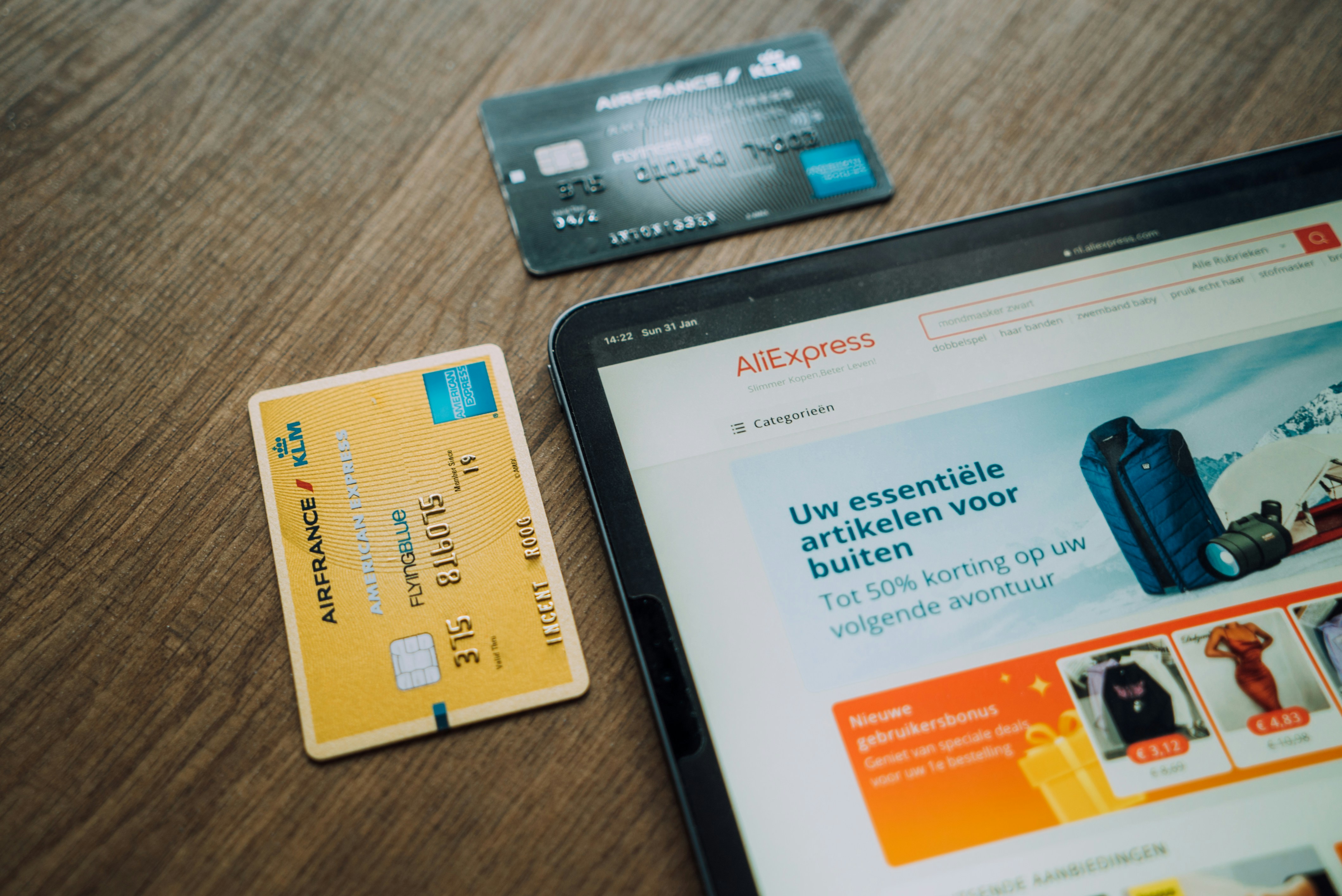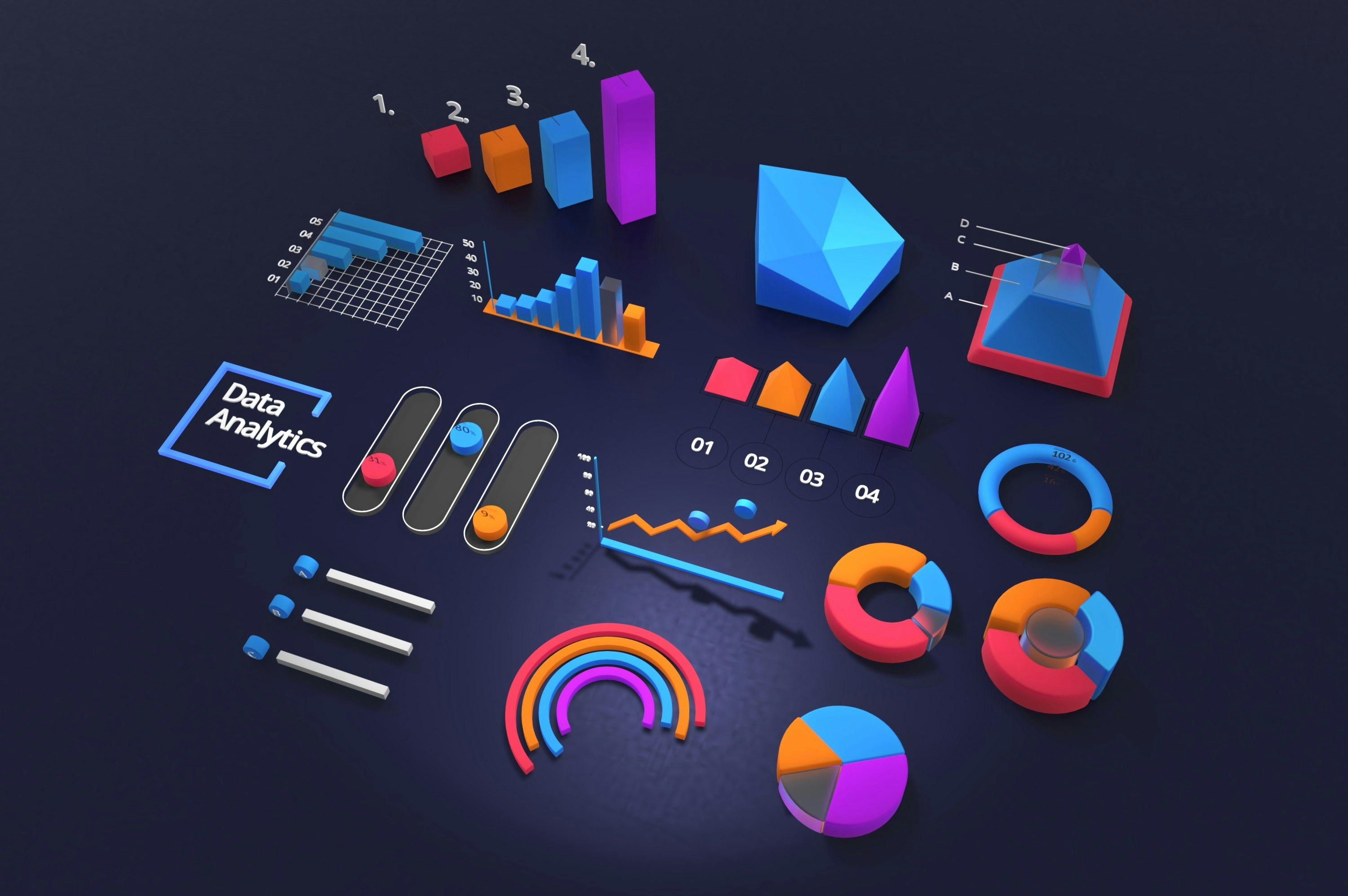30 Best Braze Alternative Solutions for Enhanced Customer Engagement
Looking for a reliable Braze alternative for customer lifecycle management? Businesses are constantly searching for the best tools to manage their customer lifecycle management. If you’re one of those businesses, you’re in the right place. In this blog, we’ll break down the top Braze alternatives that can excel your business in customer lifecycle management.
What Is Braze and Its Key Features

Braze is a powerful customer engagement platform that allows businesses to collect user data and deliver personalized messaging across various channels. This platform is equipped with AI capabilities that focus on predicting purchasing behaviors and customer retention rates. Braze is especially appealing to digital-first mid-market and enterprise-level businesses that have a significant mobile presence.
Automated Message Triggers and User Segmentation
One of Braze's key features is the ability to segment users based on various criteria and automatically trigger messages tailored to those segments. This allows businesses to send targeted communications to different groups of users based on their behaviors, preferences, and other data points.
Omni-Channel Messaging
Braze enables businesses to communicate with their customers across multiple channels, including email, push notifications, in-app messages, and more. This omnichannel approach ensures that businesses can reach their customers wherever they are, increasing the likelihood of engagement and conversions.
Real-Time Analytics and Comprehensive Reports
Braze provides businesses with real-time analytics that offer insights into how users are interacting with their messaging. This data helps businesses optimize their campaigns and improve their overall marketing strategy. Braze offers comprehensive reports that give businesses a detailed view of their performance across various metrics.
Campaign Orchestration
Braze's campaign orchestration capabilities allow businesses to plan and execute complex marketing campaigns across multiple channels. This feature enables businesses to streamline their marketing efforts and ensure that their messaging is consistent and effective.
Advanced Personalization for Targeted Messaging
Braze offers advanced personalization features that allow businesses to create highly targeted messaging for their customers. By leveraging user data and AI capabilities, businesses can deliver messages that are relevant and timely, increasing the likelihood of engagement and conversions.
Basic In-App Messaging
Braze also offers basic in-app messaging capabilities, including modals, carousels, and in-app surveys. This feature allows businesses to engage with their users while they are using their mobile apps, increasing the likelihood of conversions and improving the overall user experience.
Reasons to Consider a Braze Alternative

Motivations for Seeking Braze Alternatives
Businesses might be compelled to seek alternatives to Braze for various reasons, such as cost, scalability issues, specific feature limitations, or integration challenges with other tools. Customer engagement platforms like Braze can offer tools and features for marketing and CRM teams to segment users, build user journeys, send ad-hoc messages, and run A/B tests.
These tools can quickly become challenging to manage. As more segments are created, more messaging and user journeys need to be built, leading to increased maintenance. Ad-hoc messaging and A/B testing can become time-consuming and clunky, making the platform cumbersome to manage.
Testing Challenges with Braze
Testing is essential for CRM and growth, but the limitations and time-consuming nature of the Braze testing environment can hinder the ability of teams to run multiple tests simultaneously. The process of setting up each individual test involves several steps, severely limiting each team’s capability to run tests. Companies using Braze have reported that they can only run one or two tests at a time due to the intricate setup requirements.
Limited Personalization Capabilities
Despite its advertising, achieving true personalization with Braze can be quite difficult due to the manual processes involved in building campaigns, creating segments, and managing journeys. Users also report limited testing capabilities, further hindering personalization efforts. The cumbersome testing process, combined with other limitations, makes it challenging for businesses to personalize interactions effectively with Braze.
Optimizing Customer Journeys with Rengage's No-Code Platform
We provide a comprehensive solution for managing and enhancing customer journeys, delivering insights and measurable outcomes with no code. We accelerate your customer journey from onboarding, activation to conversion and churn. Enabling customers to unlock revenue from their existing user.
With Rengage, you can get insights into your segments, run campaigns with an intuitive journey manager, and get insights to measure how your journeys impact users conversion through our Journey Moments and Journey Builder features.
- Journey Moments: insights into your micro-segments
- Journey Builder: intuitive multi-channel marketing automation
- Insights prediction and attribution.
Book a free demo to learn about how you can transform customer interactions into personalized experiences that drive loyalty and growth.
Related Reading
30 Braze Alternatives for Enhanced Customer Engagement
1. Rengage
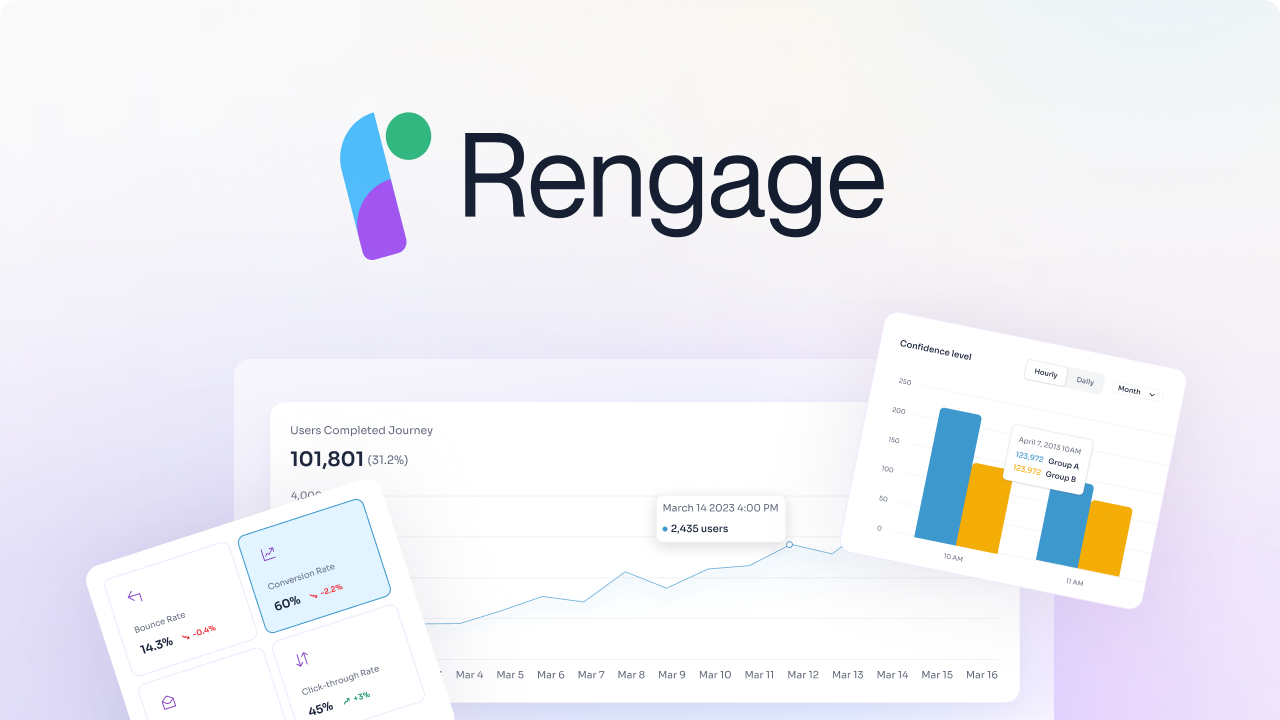
We provide a comprehensive solution for managing and enhancing customer journeys, delivering insights and measurable outcomes with no code. We accelerate your customer journey from onboarding, activation to conversion and churn. Enabling customers to unlock revenue from their existing user.
With Rengage, you can get insights into your segments, run campaigns with an intuitive journey manager, and get insights to measure how your journeys impact users conversion through our Journey Moments and Journey Builder features.
- Journey Moments: insights into your micro-segments
- Journey Builder: intuitive multi-channel marketing automation
- Insights prediction and attribution.
Book a free demo to learn about how you can transform customer interactions into personalized experiences that drive loyalty and growth.
2. Leanplum
Leanplum offers a mobile engagement platform with features such as A/B testing, personalized messaging, and in-app content management. Pros include a user-friendly interface and robust analytics, while cons may include limited support for web channels.
3. Iterable
Iterable is a cross-channel marketing platform that provides automation, personalization, and segmentation capabilities. Pros include advanced workflow functionalities and intuitive user interface, but some users may find the pricing to be high.
4. Sendinblue
Sendinblue is an all-in-one marketing platform that offers email marketing, SMS, and marketing automation tools. Pros include a free plan for beginners and a user-friendly interface, while cons may include limited advanced segmentation options.
5. CleverTap
CleverTap is a mobile marketing platform that features user segmentation, engagement campaigns, and analytics. Pros include a comprehensive feature set and easy integration, while cons may include higher pricing for larger enterprises.
6. MoEngage
MoEngage is an AI-powered customer engagement platform that provides personalized messaging, analytics, and automation. Pros include robust segmentation capabilities and in-depth analytics, while cons may include a complex setup process.
7. OneSignal
OneSignal is a free push notification service that allows users to send messages to their audience on web and mobile. Pros include a generous free tier and easy integration, but some users may find the feature set limited compared to Braze.
8. Intercom
Intercom is a customer messaging platform that offers live chat, email marketing, and customer support capabilities. Pros include a strong focus on customer communication and a user-friendly interface, while cons may include higher pricing for additional features.
9. Customer.io
Customer.io is an email automation platform that enables targeted messaging based on user behavior. Pros include a flexible segmentation system and an easy-to-use interface, while cons may include less comprehensive multichannel support.
10. Pendo
Pendo is a product analytics and user feedback platform that helps businesses understand user behavior. Pros include in-depth analytics and feedback tools, while cons may include a narrower focus compared to Braze.
11. MoEngage
MoEngage is an AI-powered customer engagement platform that provides personalized messaging, analytics, and automation. Pros include robust segmentation capabilities and in-depth analytics, while cons may include a complex setup process.
12. Ortto
Ortto unifies your data sources to unlock a single view of the customer journey, and allows you to craft personalized, omnichannel marketing messages at speed. With Ortto, you can build custom activities that can be used to enter customers into journeys and target them with personalized, omnichannel marketing messages. Building journeys across email, SMS and in-app messaging is incredibly simple and intuitive and, with templates available for common goals like onboarding users and generating feedback, many high-performing journeys can be built in minutes.
13. Emarsys
Emarsys is a SAP company that aligns business’ desired outcomes with omnichannel customer engagement strategies to accelerate time-to-value and deliver one-to-one customer experiences to produce measurable results.
14. Hubsppot Marketing Hub
Hubspot Marketing Hub is part of the Hubspot CRM platform, enabling brands to house marketing tools and data in one place to better personalize customer experiences.
15. Bloomreach
Bloomreach offers a suite of products that together drive personalization and growth. These products are Discover, Content, and Engagement, which includes the CDP and marketing automation solutions. Bloomreach harnesses AI to help businesses enhance digital commerce experiences to boost conversion.
16. Adobe Marketing Cloud
Adobe Marketing Cloud is a platform for creating, automating, and personalizing cross-channel campaigns. It combines various products, like:
- Adobe Marketo Engage, which helps with B2B and B2C marketing automation.
- Adobe Target, which is a personalization engine and A/B testing software.
- Adobe Experience Manager, which is a content and digital asset management system.
- Adobe Campaign, which gives brands a single place to manage and automate marketing campaigns
17. Salesforce Marketing Cloud
Similar to the previous entry, Salesforce Marketing Cloud is an enterprise cloud platform that combines different solutions. Its foundation is Salesforce’s CDP which acts as a single source of truth for customer data. The cloud also includes a product for personalizing customer experiences and a marketing automation software tool for email, SMS, social media, and other channels.
18. Oracle Marketing
Oracle Marketing is a cloud-based marketing platform comprising various martech solutions. Most of the platform is made up of products acquired by Oracle over the years, like Eloqua (for marketing automation) and Maxymiser (for testing and optimization). The entire product set helps companies unify customer data, deliver personalized experiences, and increase customer loyalty and retention.
19. WebEngage
WebEngage is a retention and customer engagement platform that combines a CDP, a personalization engine, an omnichannel campaign tool, and an analytics solution. It supports both on-site and in-app personalization, as well as channels like email, SMS, and web push. It can also help with Facebook and Google retargeting by exporting user segments and using them for more precise targeting.
20. Dynamic Yield
Dynamic Yield is a personalization platform for websites, mobile apps, and email marketing. It lets brands combine customer data from various sources, build detailed segments, and target them with personalized campaigns. It also has a product recommendation engine that helps determine what customers are likely to buy next. Dynamic Yield supports integrations for many popular marketing tools like FullStory, Twilio’s SendGrid, TypeForm and its alternatives.
21. Attentive
Attentive is a versatile SMS marketing platform. It lets brands increase their SMS subscriber growth through different sign-up units that can be quickly designed and deployed on a website, mobile app, or messaging channel. It also offers various SMS campaign automation and personalization features.
22. Klaviyo
Klaviyo is an eCommerce marketing automation platform for small businesses, as well as midsize and enterprise companies. The platform is focused on email and SMS and it helps companies expand their subscriber lists, create detailed segments based on behaviors, interests, LTV, and more. It also comes with lots of email and SMS templates, as well as pre-built automation for various use cases.
23. MailChimp
MailChimp is a intuitive, straight forward platform that is ideal for small and medium-sized businesses on their email outreach. Started on one of their free options and migrated to a paid solution. They have a lot of very streamlined applications and the template tool is nice to use
24. SendGrid
SendGrid is best in class and is constantly innovating to deliver the best email platform. Both the 'transactional' and 'campaign' (lists) modules are top-notch. SendGrid has excellent tools for helping with deliverability and domain configuration
25. Zoho Marketing Automation
Zoho Marketing Automation is a comprehensive marketing automation platform that offers features like lead management, email marketing, social media marketing, and analytics. It enables businesses to automate their marketing processes and engage with customers effectively
26. Brevo Marketing Platform
Brevo Marketing Platform is a marketing automation solution that helps businesses streamline their marketing efforts, personalize customer interactions, and track campaign performance. It offers features like email marketing, lead scoring, and customer segmentation to enhance marketing strategies
27. Zeta Marketing Platform
Zeta Marketing Platform is a customer engagement platform that provides personalized messaging experiences across various channels. It focuses on audience segmentation, multichannel messaging, automation, and analytics to optimize customer engagement and drive results
28. Campaign Monitor
Campaign Monitor is an email marketing platform that allows businesses to create, send, and optimize email campaigns. It offers features like email automation, personalization, and analytics to help businesses connect with their audience effectively
29. Constant Contact
Constant Contact is an email marketing platform that enables businesses to create and send professional email campaigns. It offers features like customizable templates, contact management, and reporting tools to help businesses engage with their audience and track campaign performance
30. ActiveCampaign Platform
ActiveCampaign is a customer experience automation platform that combines email marketing, marketing automation, sales automation, and CRM tools. It helps businesses automate their marketing processes, personalize customer interactions, and drive sales growth
Related Reading
- Digital Customer Journey Mapping
- Customer Journey Analysis
- Ecommerce Customer Journey
- B2B Customer Journey
- Customer Journey Orchestration
- Omnichannel Customer Journey
- Saas Customer Journey
- Marketing Automation Customer Journey
- Customer Journey Optimization
- Micro Moments Customer Journey
- Customer Journey Research
- Customer Journey Automation
- Customer Journey Insights
- Customer Journey Dashboard
- Customer Journey Personalization
- Customer Journey Metrics
- Customer Journey Best Practices
How to Choose the Best Customer Engagement Platform

When selecting a Braze alternative, there are several factors to consider to ensure it aligns with your business needs and constraints. These factors include the feature set, scalability, ease of use, customer support, and integration capabilities. By evaluating these factors, you can determine which alternative best fits your requirements.
Key Points to Evaluate
Feature Set
Compare the features offered by different alternatives to ensure they align with your engagement platform needs. Look for essential capabilities such as data orchestration, attribution and segmentation engines, integration layers, user-friendly interfaces, and business intelligence and analytics capabilities.
Scalability
Consider the scalability of the alternative to accommodate the growth of your enterprise. Ensure that the platform can handle increasing customer interactions and data processing efficiently as your business expands.
Ease of Use
Choose an alternative that is user-friendly and intuitive to use, making it easier for stakeholders to interact with the platform. A seamless user interface can enhance user adoption and improve productivity.
Customer Support
Evaluate the customer support services offered by the alternative vendor. Ensure they provide adequate support to address any post-integration needs and challenges, ensuring ongoing assistance.
Integration Capabilities
Assess the integration capabilities of the alternative with your current enterprise martech stack. Look for seamless integration with existing systems, such as CRM, data analytics tools, and other marketing software, to avoid compatibility issues.
Framework for Evaluating and Comparing Alternatives
To evaluate and compare Braze alternatives effectively, consider using a structured framework or criteria to assess each option. Common frameworks include cost-benefit analysis, feature comparison, and user reviews.
Key Framework Criteria
Core Capabilities: Identify the core capabilities required for your business and compare them with the features offered by each alternative. Align the platform's functions with your engagement needs.
Enterprise Martech Stack Compatibility
Determine how well the alternative can integrate with your current martech stack. Check for compatibility with existing systems and evaluate whether the platform can seamlessly integrate with your technology infrastructure.
Implementation Timeline
Evaluate the implementation plan and timeline proposed by the alternative. Consider factors such as data import capabilities, integration with third-party systems, data ingestion, storage, activation, data export features, training, and customer support.
By assessing these factors and using a structured framework, you can effectively select a Braze alternative that meets your business needs and constraints.
Related Reading
- Customer Lifecycle Management Software
- Customer Journey Mapping Tools
- Customer Journey Management
- Fullstory Alternatives
- Adobe Analytics Alternatives
- Customer Journey Analytics Tools
- Iterable Competitors
- Marketo Alternatives
- Onesignal Alternatives
- Clevertap Alternatives
- Bloomreach Alternatives
- Customer.io Alternatives
Create Personalized Experiences That Drive Loyalty and Growth with Rengage — Book A Free Demo Today
Rengage is the ultimate solution for managing and enhancing customer journeys, delivering insights and measurable outcomes with no code. It accelerates your customer journey from onboarding, activation, conversion, and even churn. With Rengage, you can unlock revenue from your existing user base. It provides insights into your segments, allowing you to run campaigns efficiently with an intuitive journey manager, and measure how your journeys impact user conversion using the Journey Moments and Journey Builder features.
Journey Moments: Unlocking insights into your micro-segments
Rengage's Journey Moments feature gives you a detailed understanding of your micro-segments. By utilizing this tool, you can delve deep into the behavior and preferences of each segment, enabling you to tailor your messaging and engagement strategies accordingly. This targeted approach ensures that your efforts resonate with your audience, driving better results and customer satisfaction.
Journey Builder: Intuitive multi-channel marketing automation
Rengage's Journey Builder empowers you to create personalized, multi-channel campaigns effortlessly. This feature enables you to set up automated workflows that trigger messages and actions based on user behavior, preferences, and interactions. By leveraging Journey Builder, you can engage your audience across various platforms, fostering stronger connections and driving conversions.
Insights Prediction and Attribution: Understanding the impact of your journeys
[Rengage]](https://rengage.ai/) provides robust insights into how your customer journeys are affecting user conversion. By analyzing the data generated through your campaigns, you can gain a clear understanding of what's working and what needs improvement. These insights enable you to refine your strategies continuously, optimizing your customer interactions and driving loyalty.
Book a Free Demo and Transform Customer Interactions
Rengage offers a seamless way to transform your customer interactions into personalized experiences that drive loyalty and growth. Book a free demo today to explore how Rengage can take your customer journey management to the next level.






